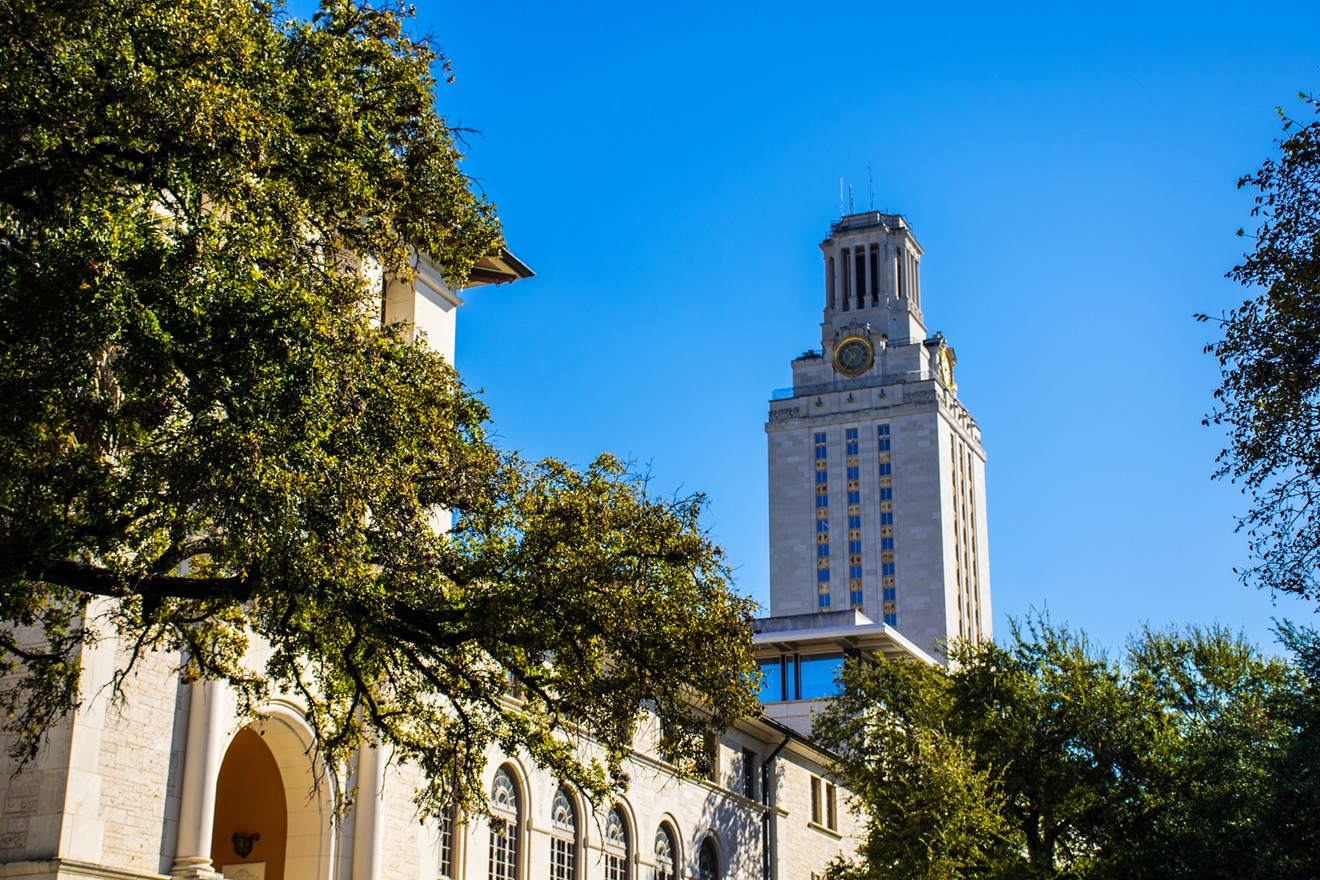Two decades later, it appears the program has done none of those things, a new study suggests.
The study found that the program brought about no meaningful change either in the number of high schools that send students to the University of Texas at Austin or to Texas A&M University, or on the student diversity at either of those campuses.
Kalena Cortes, a professor in Texas A&M's Bush School of Government and Public Service and one of the study's authors, said guaranteeing admission to the state's best-performing high school students simply isn't enough.
"There has to be some recruitment efforts," Cortes said.
The study was presented in April at a conference of the American Educational Research Association in Toronto. The report is a working paper, meaning it could be revised before being published in a peer-reviewed journal.
Passed in 1997 and signed into law by then-Gov. George W. Bush, the program guarantees students who graduate in the top 10% of their high school classes admission into any state-funded university. It doesn't guarantee those students will receive financial aid or that they'll be admitted into their preferred degree programs.
The program was meant as a way of promoting campus diversity without using race-conscious admissions policies, which the 5th U.S. Circuit Court of Appeals had barred the previous year in Hopwood v. Texas. The U.S. Supreme Court would later overturn that ruling in its Grutter v. Bollinger decision.
Since then, UT officials have complained that students admitted under the top 10% policy make up too large a percentage of the school's undergraduate student body. The law was updated later to allow UT to cap automatic admissions at 75% of each freshman class. The automatic admission threshold is adjusted every year to allow UT to avoid being swamped with students who were admitted automatically.
During the study, Cortes and Daniel Klasik, an assistant professor of education at the University of North Carolina at Chapel Hill, looked at admissions data from UT and Texas A&M beginning in 1996, two years before the program went into effect, through 2016.
Before the program began in 1998, about 40% of high schools in the state consistently sent graduating seniors to the two universities. Another 15% occasionally saw their graduates go on to either UT or Texas A&M. The remaining 45% of schools had never seen one of their graduates go on to either university.
Over the nearly two decades of data they examined after the policy went into effect, Klasik and Cortes saw little change in that breakdown. High schools that had an established history of feeding students into UT and Texas A&M continued to do so, and those that didn't largely continued not to.Guaranteeing admission to the state's best-performing high school students simply isn't enough.
tweet this
“While it is certainly true that individual high schools sent students to the flagships for the first time after the percent plan began, those results were fleeting,” Cortes said. “Virtually no school that had not sent students to those campuses in the two years prior to the plan established a pattern of sending students afterward.”
The high schools that consistently sent students to either of the flagship universities tended to be larger, more affluent and located, on average, closer to Austin and College Station than those schools that had never sent a graduate to either university, the researchers found.
Klasik said part of the challenge universities face in recruiting well-qualified students from high schools that don't regularly send students to UT or Texas A&M is that students in those communities have a harder time imagining themselves doing well at those schools. That problem is self-reinforcing, he said. Students who know someone who has gone on to either of the flagship universities after graduation are more likely to apply to those schools themselves. But students at high schools that have never sent a graduate to either university likely don't know anyone on either campus, making them less likely to apply.
Another factor is a lack of information, Cortes said. Many high school students in districts without a history of college-going aren't even aware of the top 10% program, meaning that students who could be admitted automatically don't apply at all simply because they don't know they could get in. That's particularly true in families in which the parents didn't go to college and in families who recently immigrated to the United States.
The universities could help offset that lack of information through better recruiting efforts in schools that don't typically send students to college, Cortes said. By getting information about the universities' admissions policies into the hands of qualified high school students and their parents, recruiters can help them make better decisions.
To a certain extent, those recruiting efforts are already happening. Both UT and Texas A&M have programs under which they designate certain underrepresented high schools for special recruitment efforts. Researchers found that the schools identified in those programs stood the best chance of sending more of their students to either university after the top 10% program went into effect.
The University of Texas System Board of Regents' move last week to give full-ride scholarships to students whose families make less than $65,000 a year will go a long way to expanding access to low-income students, Cortes said. But, as with the admissions program, the scholarships only help students who know about them.
Both researchers agreed that the top 10% program has the potential to do what it was designed to do — expand college access to students who might not have had it in the past. But without recruiting efforts to go alongside it, they say, simply opening the university's doors to those students isn't enough.












